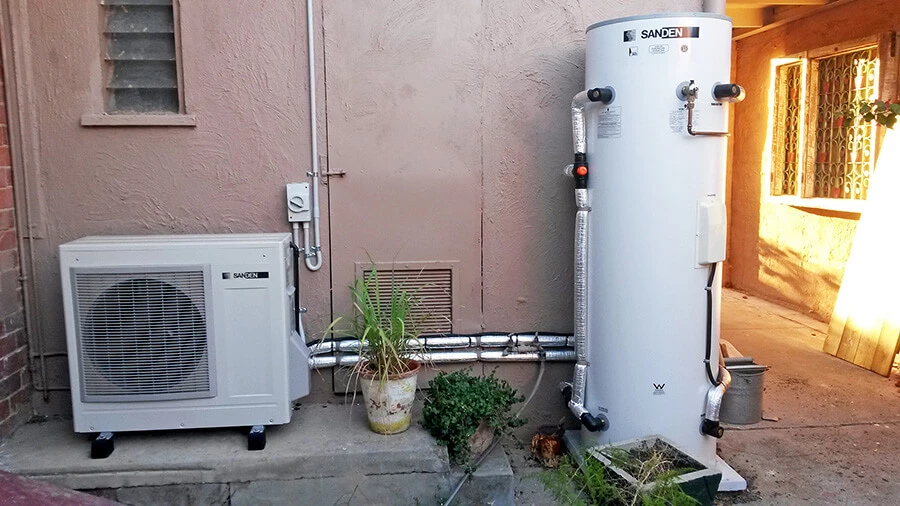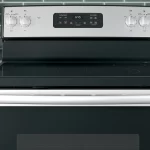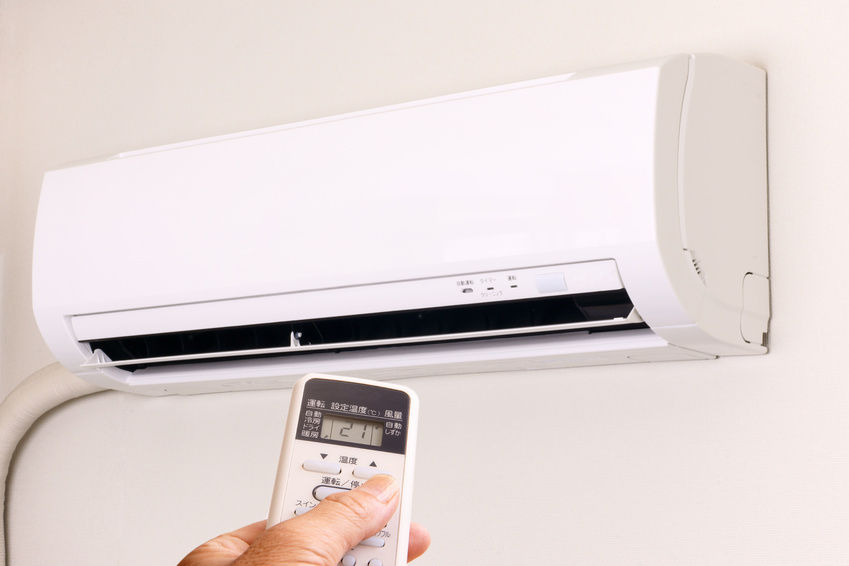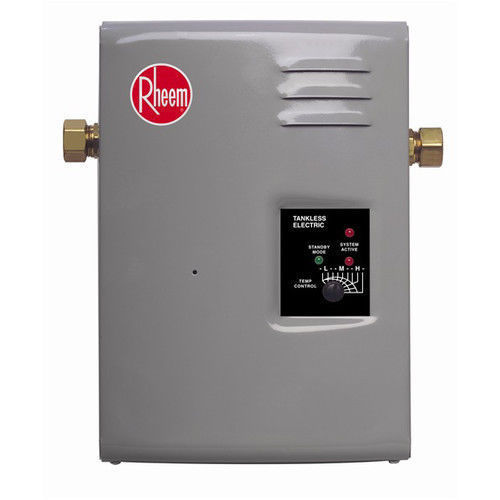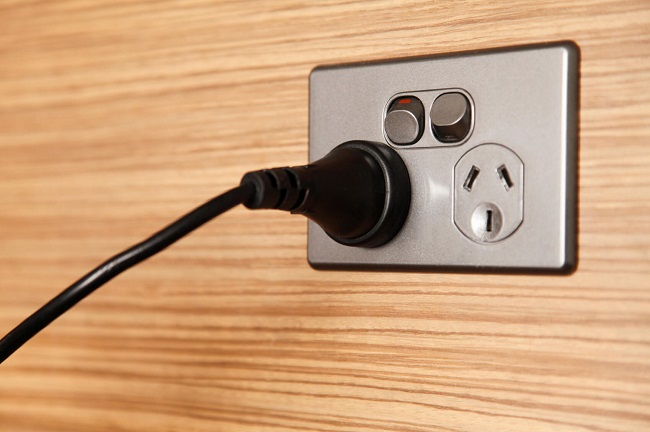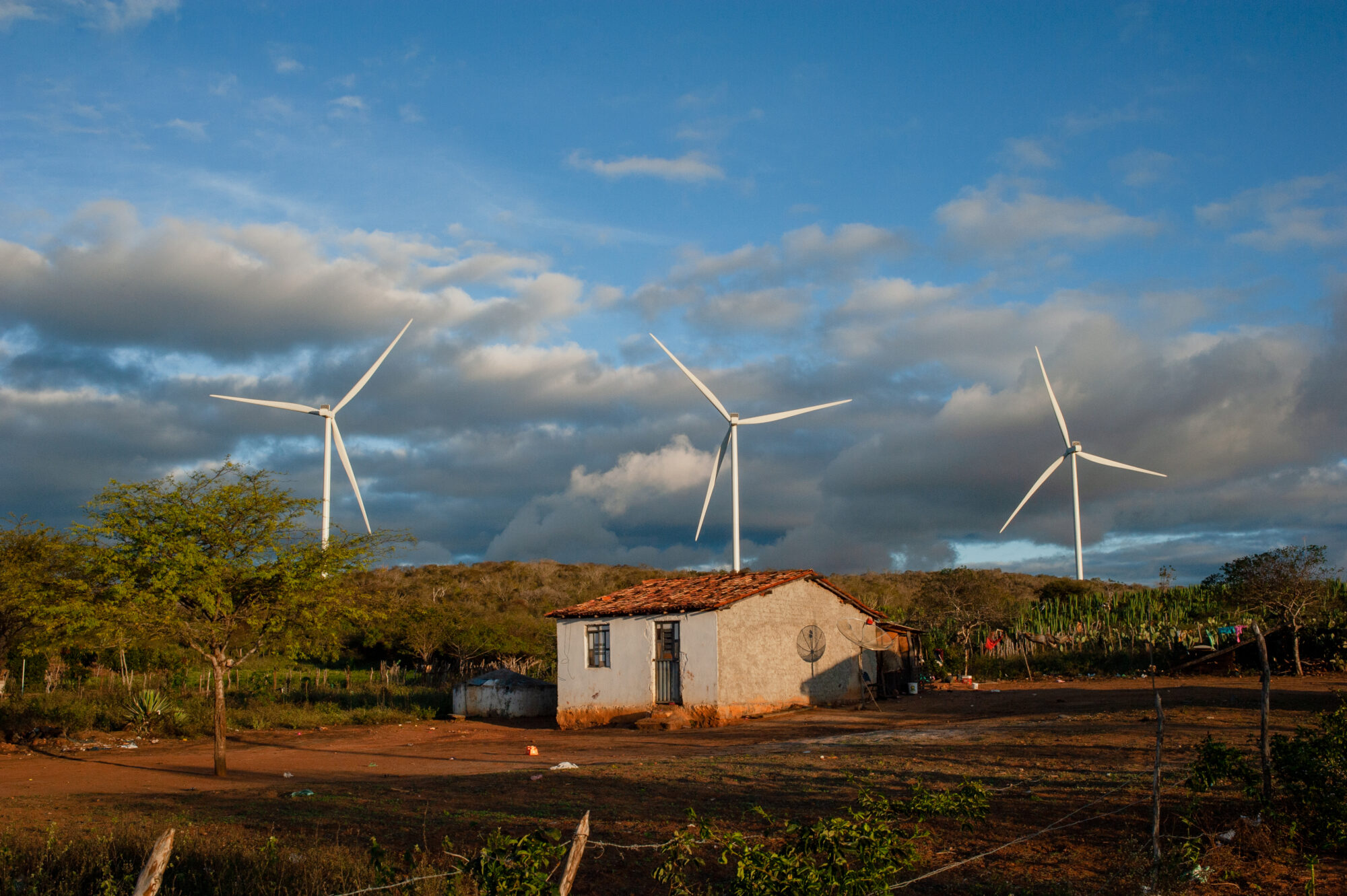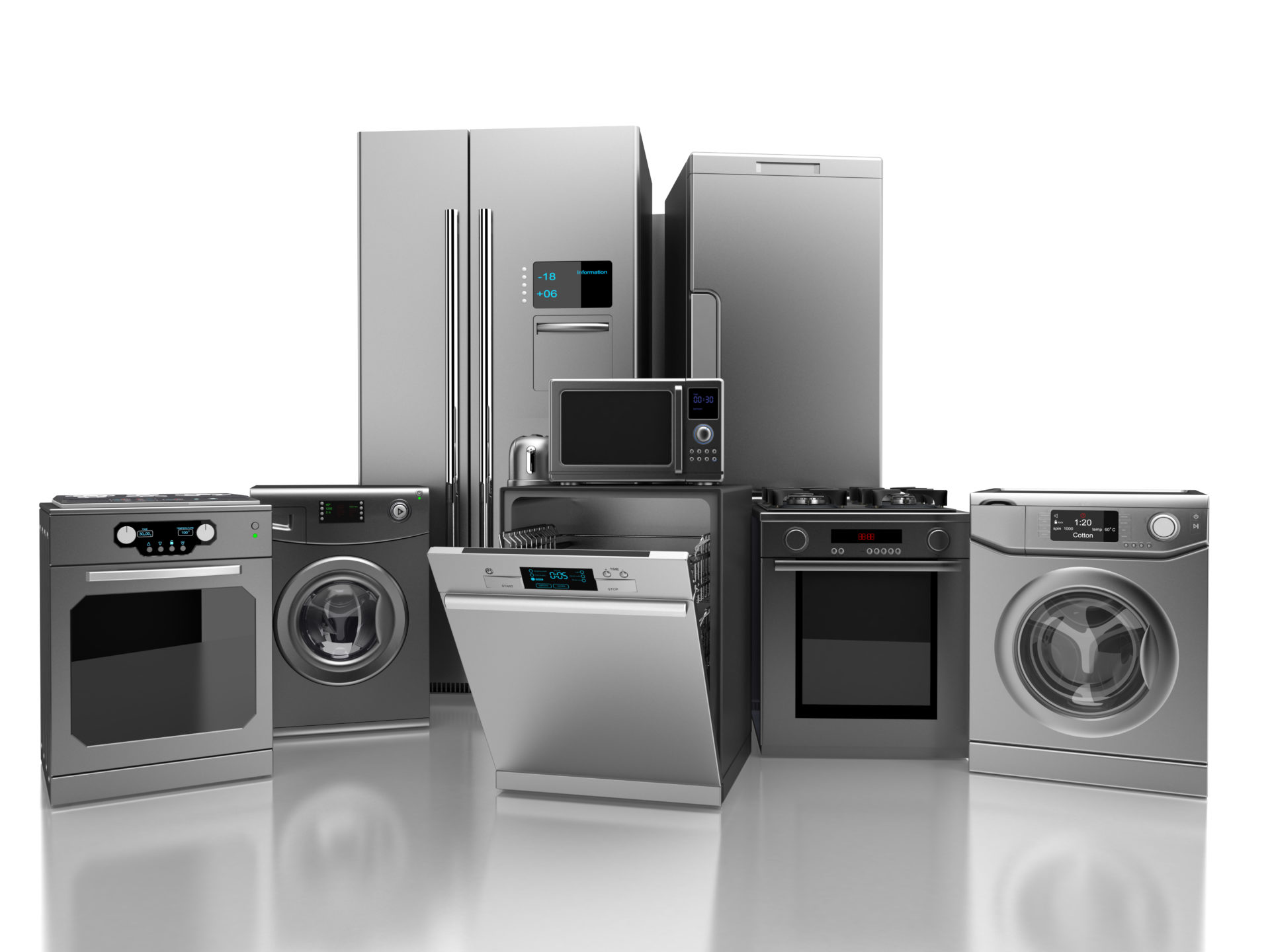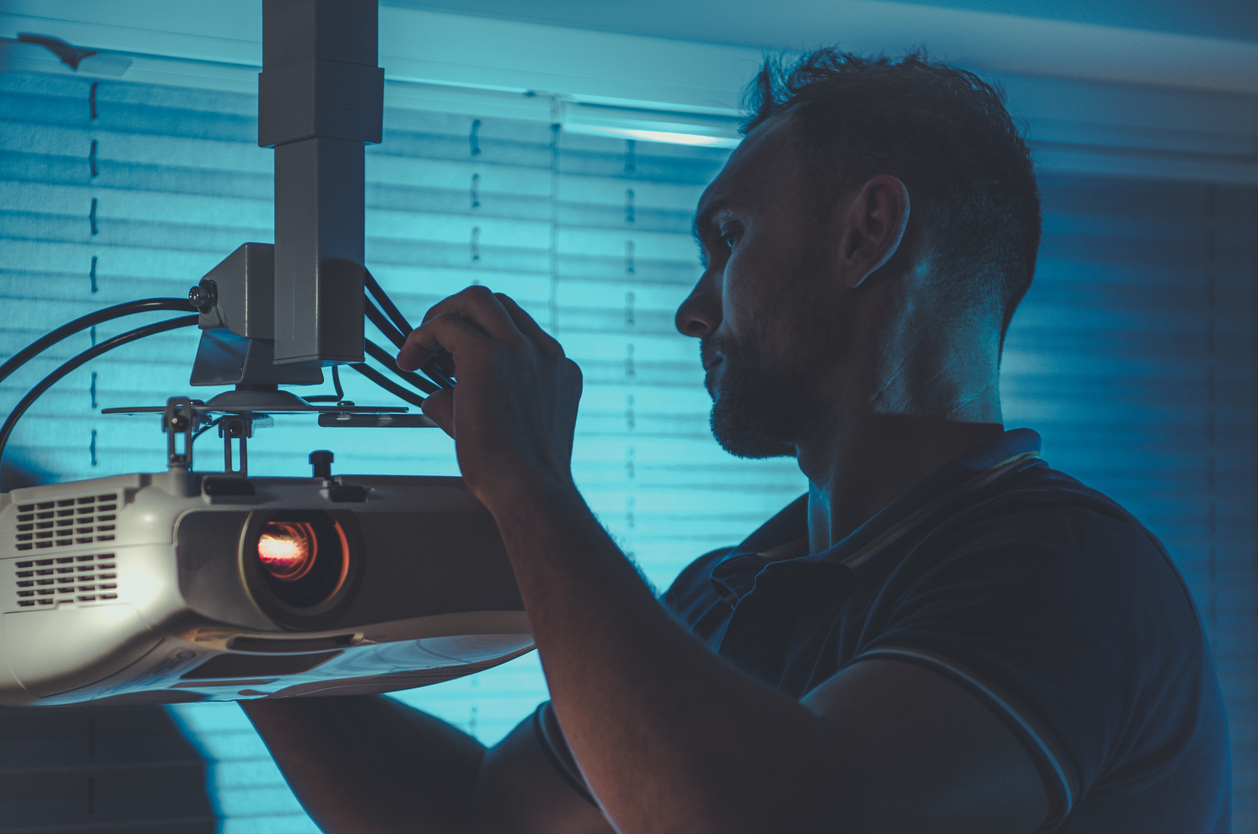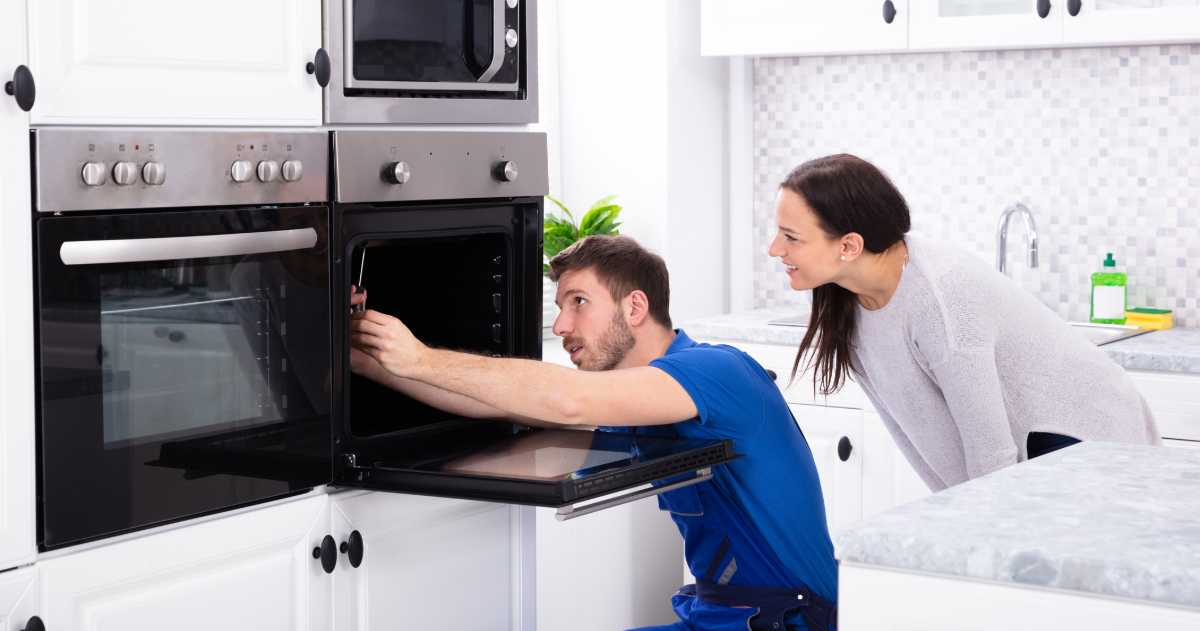Tankless Water Heater Installation: A Step-by-Step Guide for Efficient Home Heating
Are you looking for a more energy-efficient way to heat water in your home? Tankless water heaters provide an excellent solution, offering on-demand hot water without the bulk and inefficiency of traditional storage heaters. This guide will walk you through the process of tankless water heater installation and provide essential tips for ensuring a successful, safe setup.
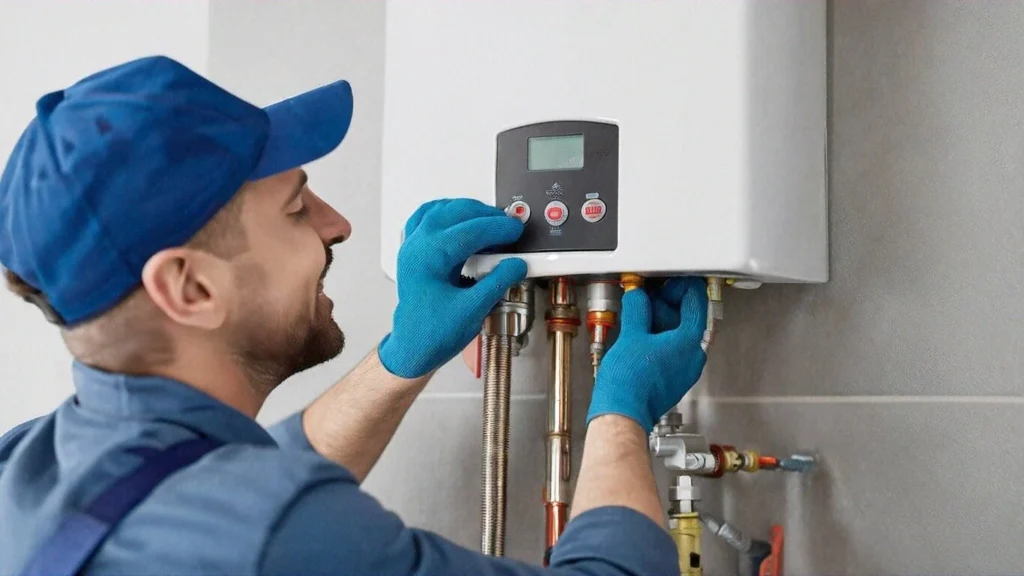
Content
Introduction
Tankless water heaters have gained popularity for their efficiency, space-saving design, and ability to provide a continuous flow of hot water. Unlike traditional water heaters that store gallons of water, tankless water heaters heat water on demand, making them a more eco-friendly and energy-efficient option. While professional installation is often recommended, many homeowners with basic plumbing and electrical skills can handle the process. In this guide, we will cover how to install a tankless water heater, key considerations before you begin, and maintenance tips to keep your system running efficiently.
Understanding Tankless Water Heaters
Before diving into the installation process, it’s important to understand how tankless water heaters work. These units heat water instantly using either gas or electric elements as it passes through the system. There’s no need to store water, meaning you’ll have hot water on demand without the standby heat losses typical of storage water heaters.
Benefits of a Tankless Water Heater:
| Benefit | Description |
| Energy Efficiency | Reduces energy usage by heating water only when needed. |
| Endless Hot Water | Provides continuous hot water supply for long showers or simultaneous use. |
| Space-Saving Design | Compact and wall-mounted, saving valuable floor space. |
| Longevity | Lasts longer than traditional water heaters with proper maintenance. |
Pre-Installation Considerations
Proper planning is crucial before you start the installation of a tankless water heater. Here are a few things to consider:
- Power Source: Determine whether you’re using a gas or electric tankless water heater. Gas units require a natural gas line and proper ventilation, while electric units need adequate electrical capacity.
- Location: Choose a location for the heater where it can be safely mounted and maintained. The unit should be installed on an exterior wall for gas models due to ventilation requirements.
- Water Supply: Make sure your water supply lines are suitable for the new system, and consider installing water filters if you live in an area with hard water.
How to Install a Tankless Water Heater
Installing a tankless water heater involves several steps, depending on the type of unit (gas or electric) and your home’s existing infrastructure. Below is a general guide for a basic installation:
Step 1: Shut Off Utilities
Before starting any installation, turn off the water, gas, or electricity to the area where you will be working. This ensures your safety during the process.
- Gas Heaters: Turn off the main gas valve.
- Electric Heaters: Flip the appropriate breaker in your electrical panel to cut power to the installation area.
Step 2: Remove the Old Water Heater
If you’re replacing an old water heater with a tankless model, you’ll need to drain and disconnect the old unit.
| Task | Description |
| Turn off Water Supply | Shut off the water supply to the old heater. |
| Drain the Old Heater | Open the drain valve to remove remaining water. |
| Disconnect Water and Gas/Electric | Detach the water lines and either the gas or electric connections. |
| Remove Old Heater | Safely remove the old unit from its location. |
Step 3: Install New Water Lines
You’ll need to connect new water lines to the tankless water heater. Use high-quality materials like copper or PEX piping for durability and performance.
- Connect the cold water supply to the inlet on the heater.
- Connect the hot water outlet to the appropriate pipe leading to your home’s hot water distribution system.
- Install shut-off valves on both the hot and cold water lines for future maintenance.
Step 4: Gas or Electrical Connections
Depending on your unit type, follow the appropriate steps below:
| Type | Action |
| For Gas Units | Install a gas line, use an approved connector, and ensure proper venting. |
| For Electric Units | Ensure the electrical supply meets requirements and use appropriate wiring and breakers for safe connections. |
Step 5: Mount the Tankless Water Heater
Most tankless water heaters are wall-mounted, requiring securely attaching the unit to the wall.
| Task | Description |
| Choose Mounting Location | Select a sturdy wall that can support the unit’s weight. |
| Use Provided Hardware | Use the manufacturer’s mounting hardware to secure the unit. |
| Ensure Level Installation | Make sure the heater is level for optimal operation. |
Step 6: Install Venting (Gas Units Only)
Gas-powered tankless water heaters require proper venting to safely exhaust gases and bring in fresh air for combustion.
| Venting Type | Materials to Use | Purpose |
| Horizontal Venting | PVC or stainless steel vent pipes | Direct exhaust gases out of the home. |
| Vertical Venting | Stainless steel chimney or pipe | Safely vent gases through the roof. |
| Condensate Drain | PVC piping with a condensate trap | Remove condensation from exhaust gases. |
Step 7: Final Checks and Testing
Before turning the unit on, do the following:
| Check | What to Look For |
| Water Leak Check | Ensure there are no leaks at the water connections by turning on the water supply and inspecting all joints. |
| Gas Leak Check (for gas) | Use a gas leak detection solution to check all gas connections. |
| Electrical Check (for electric) | Confirm all wiring is secure and meets the manufacturer’s specifications. |
Step 8: Power On the Unit
Once all checks are completed:
- For gas heaters, open the gas valve and ignite the pilot light or start the electronic ignition system.
- For electric heaters, flip the breaker to restore power to the unit.
Maintenance Tips for Tankless Water Heaters
To keep your tankless water heater running efficiently for years, follow these simple maintenance tips:
| Maintenance Task | Purpose |
| Descale Regularly | Prevents mineral buildup, especially in hard water areas, by descaling the system annually. |
| Clean Filters | Keeps water flowing freely by cleaning or replacing filters as needed. |
| Inspect Venting | For gas units, ensure proper ventilation and check for obstructions in the venting system. |
Conclusion
Installing a tankless water heater is a great investment in your home’s energy efficiency and comfort. Whether you opt for a gas or electric unit, the process can be managed by homeowners with the right preparation and tools. Following this step-by-step guide ensures a smooth installation, helping you enjoy endless hot water without the bulky footprint of traditional water heaters. Start your project today, and enjoy the benefits of efficient, on-demand hot water for years to come.

I am Scott Miller and my love is writing about home improvement. I write mostly about home ideas, but also share some tips and tricks that can make your life easier when it comes to getting things done in the house.

